Cayenne pepper (seeds)
3,29 € incl. VAT plus shipping costs
Cayenne pepper (seeds)
3,29 € incl. VAT plus shipping costs
EAN: 8053306010206
Cayenne pepper, also known as “guinea spice” or simply “red pepper” (especially in its powdered form), is a hot chili pepper used worldwide to season dishes. The name comes from the city of Cayenne, the capital of French Guiana, and is believed to have originally come from the Caribbean Indian word “kian”. Regardless of the derivation, “cayenne pepper” has now become synonymous with hot paprika. Cayenne pepper generally comes in ground form, either dried and ground into powder or pounded and baked into cakes before grinding. Cayenne peppers have also long been used as an herbal supplement and were mentioned as early as the 17th century in Nicholas Culpeper's book Complete Herbal. Culpeper warned that the chili, with its 30.000 to 50.000 Scoville units, could prove “life-threatening!” While that may seem unlikely, a pinch of cayenne pepper will definitely wake you up!
Latin name Capsicum annuum Name Hot Pepper variety Cayenne Long Slim Quantity 40 seeds Plant size Height 70 cm Width 45 cm Container size Height 30 cm Width 30 cm Companion plant Basil, okra, onions, radishes, marigold, mint. How to grow Open tab Sow indoors February-March Outdoors May-June Timing of germination 15-30 days Harvest 70-90 days Sowing spacing 3-5 cm; Depth 0,5 cm. When transplanting 25-35 cm. Grows in the sun. Full sun. Soil Well-drained, light and fertile soil. Watering: Regular, moderate watering. Feeding Heavy feeder. Care Expert Tip Did you know that container-grown peppers can grow as perennials even in colder climates if you bring them indoors for the winter? This way a plant can live up to 10 years! Supporting Pollinators Although peppers are self-pollinating plants, pollinators increase fruit set. PestsGrow companion plants that attract ladybugs to prevent aphid infestations. How to Eat Your Harvests: The more habanero peppers you pick, the more you will harvest! Pick the peppers often – once they are ripe – to ensure a continuous harvest. Food Medicinal Properties As Culpeper said, “cayenne pepper aids digestion, stimulates urination, relieves toothache, protects teeth from decay, soothes a cold stomach, expels stones from the kidney and eliminates poor eyesight.” Trust him. How to Eat Cayenne pepper is commonly used in various cooking styles, from Cajun and Mexican dishes to various Asian dishes. They can be used either in powder form or as whole spices, as is the case in Sichuan-style dishes
Cayenne pepper, also known as “guinea spice” or simply “red pepper” (especially in its powdered form), is a hot chili pepper used worldwide to season dishes. The name comes from the city of Cayenne, the capital of French Guiana, and is believed to have originally come from the Caribbean Indian word “kian”. Regardless of the derivation, “cayenne pepper” has now become synonymous with hot paprika. Cayenne pepper generally comes in ground form, either dried and ground into powder or pounded and baked into cakes before grinding. Cayenne peppers have also long been used as an herbal supplement and were mentioned as early as the 17th century in Nicholas Culpeper's book Complete Herbal. Culpeper warned that the chili, with its 30.000 to 50.000 Scoville units, could prove “life-threatening!” While that may seem unlikely, a pinch of cayenne pepper will definitely wake you up!
Latin name Capsicum annuum Name Hot Pepper variety Cayenne Long Slim Quantity 40 seeds Plant size Height 70 cm Width 45 cm Container size Height 30 cm Width 30 cm Companion plant Basil, okra, onions, radishes, marigold, mint. How to grow Open tab Sow indoors February-March Outdoors May-June Timing of germination 15-30 days Harvest 70-90 days Sowing spacing 3-5 cm; Depth 0,5 cm. When transplanting 25-35 cm. Grows in the sun. Full sun. Soil Well-drained, light and fertile soil. Watering: Regular, moderate watering. Feeding Heavy feeder. Care Expert Tip Did you know that container-grown peppers can grow as perennials even in colder climates if you bring them indoors for the winter? This way a plant can live up to 10 years! Supporting Pollinators Although peppers are self-pollinating plants, pollinators increase fruit set. PestsGrow companion plants that attract ladybugs to prevent aphid infestations. How to Eat Your Harvests: The more habanero peppers you pick, the more you will harvest! Pick the peppers often – once they are ripe – to ensure a continuous harvest. Food Medicinal Properties As Culpeper said, “cayenne pepper aids digestion, stimulates urination, relieves toothache, protects teeth from decay, soothes a cold stomach, expels stones from the kidney and eliminates poor eyesight.” Trust him. How to Eat Cayenne pepper is commonly used in various cooking styles, from Cajun and Mexican dishes to various Asian dishes. They can be used either in powder form or as whole spices, as is the case in Sichuan-style dishes
| Weight | 0,020 kg |
|---|---|
| Size | 14x7x0,5 cm |
you have to be logged in to be able to give a rating.

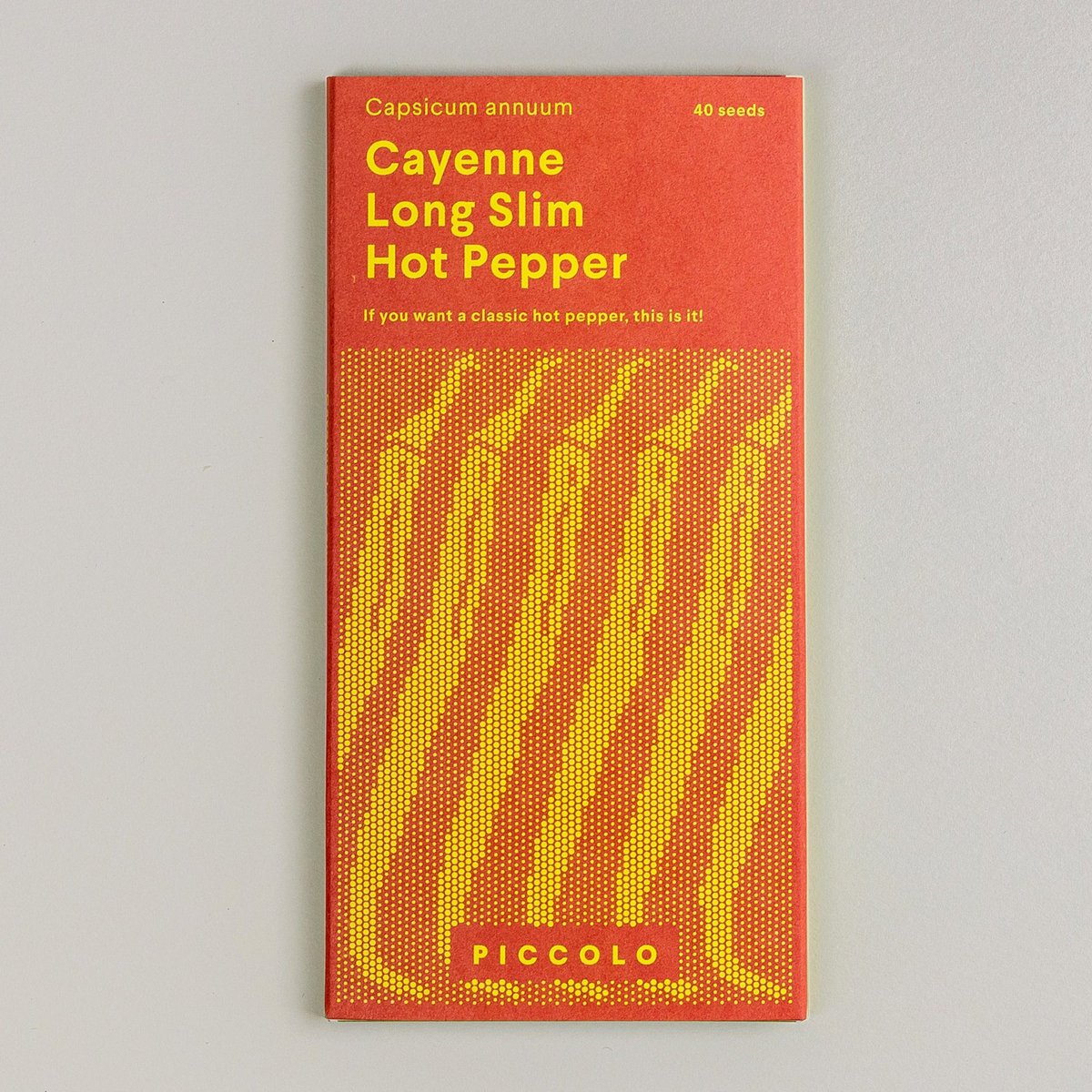
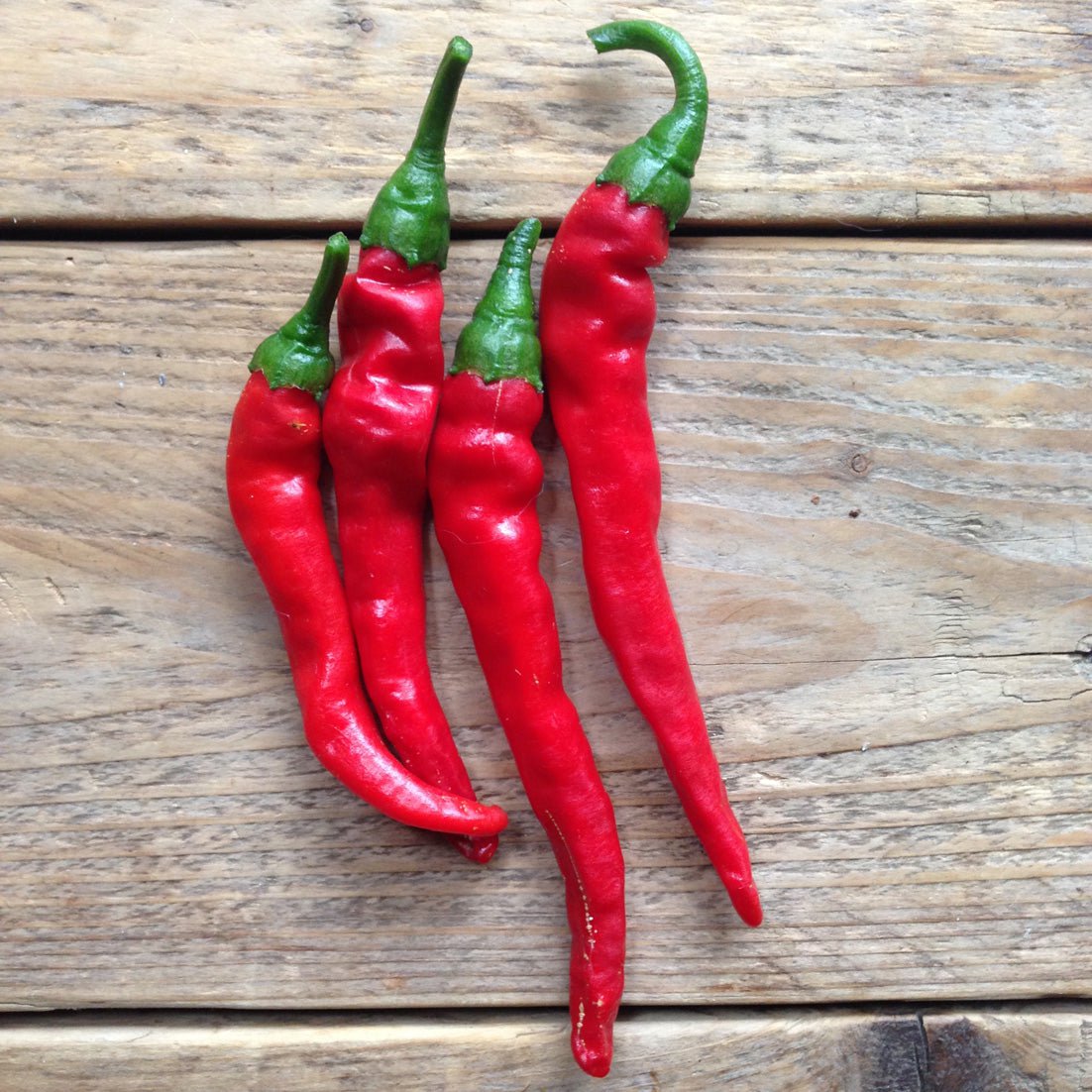

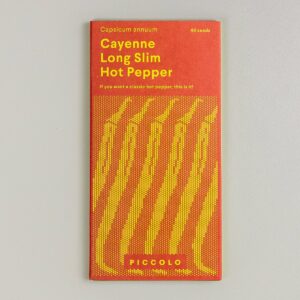
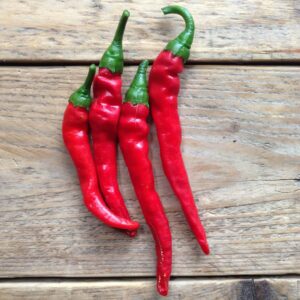
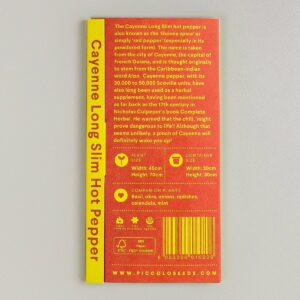
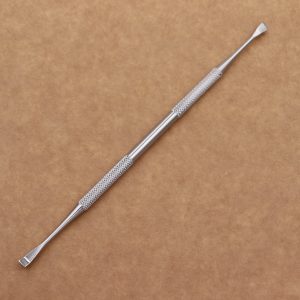
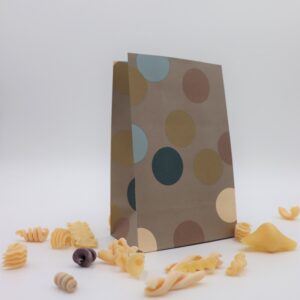



Reviews
There are no reviews.